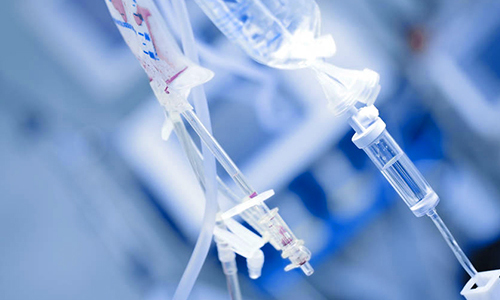Plastic compounding, a process in which plastics are melted and blended with additives to change their physical, thermal, electrical, or aesthetic characteristics to be used for manufacturing plastic formulations. Plastic compounding witnesses a huge market prominence, basically due to the increasing use of the plastic material in the day to day life. Plastic that has become an integral part of modern lives is making of useful items for daily use. The versatile plastic material has almost completely replaced glass & metal materials from the households as well as across the industries owing to its durability & aesthetic looks. This as much explains the prominence of the plastic material and the plastic compounding process. All product types of plastic compounding are absorbed extensively across major end-user industries such as the automotive, electrical & electronics, consumer goods, medical devices, construction, packaging, industrial machinery, and others. The already proliferating, the plastic industry will continue to flourish endlessly due to the inclusions of plastic products in the day to day lives of people. And, compounding, which is a central aspect of the plastic industry, is bound to grow following the same. This defines the growing landscape of the plastic compounding market and the galore accruals the market is about to perceive. Plastic compounding is a dynamic & ever-increasing market. The Asia Pacific region, heading with the augmenting demand from some of the burgeoning industries in the region such as automotive, construction, and packaging, would retain its dominance over the global plastic compounding industry. Rapidly developing countries in the APAS such as China, Japan, and India due to the vast consumption of polypropylene and polyethene account for the key contributors to the growth of the market. Besides, growing, production, and investments in the major industries in the region provide a considerable impetus to the growth of the regional market. Furthermore, ample availability of raw materials such as polyethene & polypropylene also contributes to the market growth in the region. Furthermore, the growth in the industries such as the automotive and electronics & electrical industry, led by the improving economic conditions attributes to the growth of the regional market. The COVID-19 analysis on plastic compounding market in the Asia Pacific region had valued at USD 2,55,831 in 2017, which is estimated to expand further at a CAGR of 6.25% over the forecast period. The plastic compounding industry growth in the European region accounts for the second-largest market, globally. Factors such as the increasing demand for polypropylene and polyethene in heavy industries act as a major tailwind, propelling the growth in the regional market. The Europe market has experienced substantial growth in the packaging industry, especially in some of the European countries like the UK, Germany, and Italy. Moreover, the rapid industrialization, coupled with the demand from the consumer goods sector drives the regional market.
